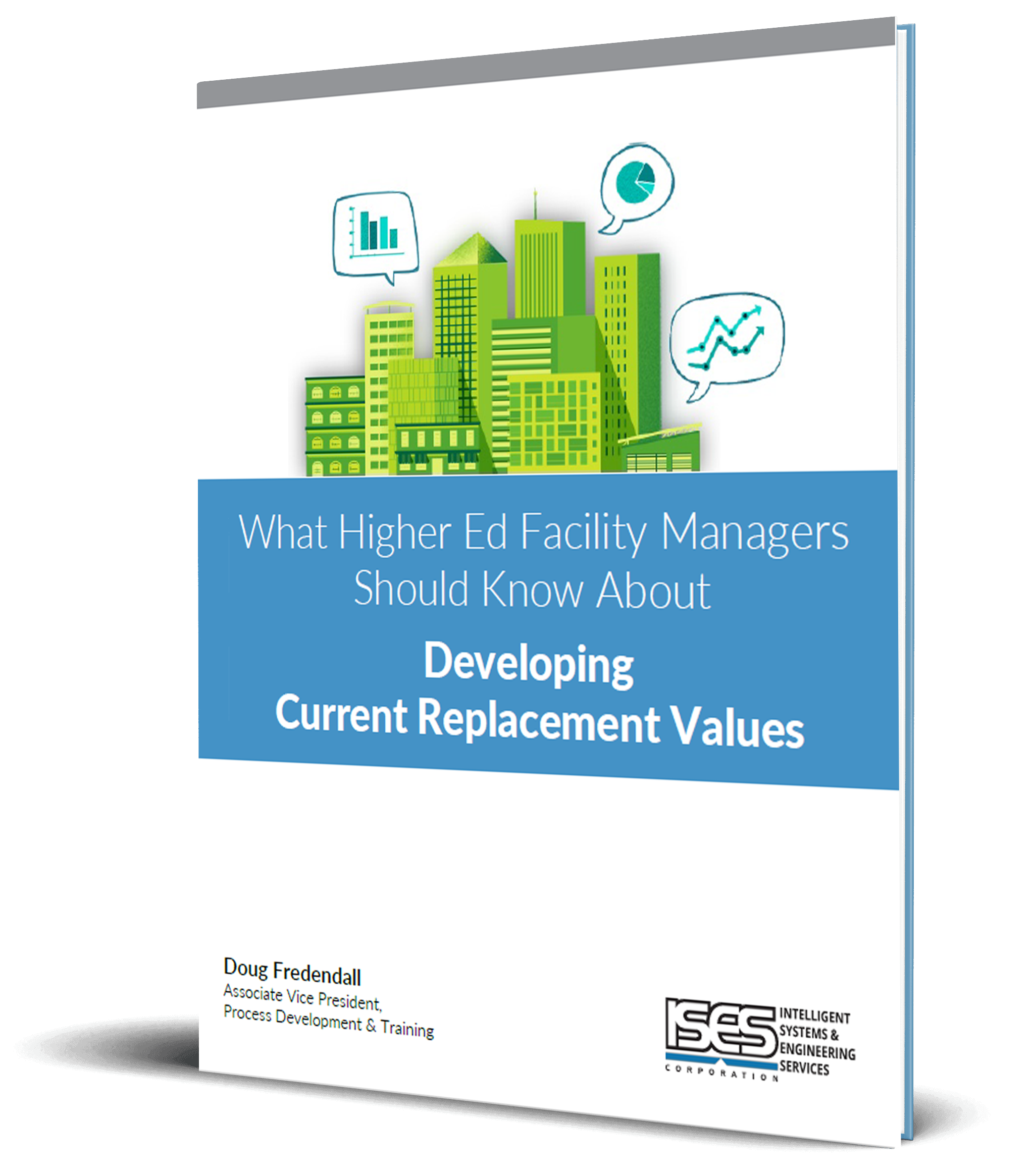We sometimes hear that owners have billions of dollars in deferred maintenance (DM) backlogs and that the backlogs will only get worse because they don’t have the budget to do it all – and never will. These numbers can be inflated sums when they are developed using simple lifecycle modeling. A better approach is to document the individual pieces of equipment of the building or utility infrastructure system.
The fact is, certain parts of mechanical, electrical and plumbing systems are replaced just one or two years after a new building comes online. Rather than assuming that every component in the system is as old as the building, document the replacement dates of the components and then track their lifecycles individually. This will provide you a specific list of components that need replacing, and their anticipated cost. Such a list of components allows wiser replacement decisions based upon needs and risk.
To keep up with all the needs, facilities managers need a database. The best database allows tracking of both system-level status and details. It would allow easy generation of reports that:
-
Prioritize your needs by component, age, building, risk, importance or any combination of these.
-
Catalog five-year DM needs by building, group, site, year or component.
(For example, this would not be a list with large HVAC system replacement numbers, but a list of the parts of these large systems that need replacing.) -
Itemize ADA needs by year and by priority.
-
Inventory all your roofs, with the installation year and replacement cost.
-
Enumerate, at a mouse click, the number of doors in all your facilities.
-
Identify the percentage of DM that is HVAC, electrical or plumbing.


